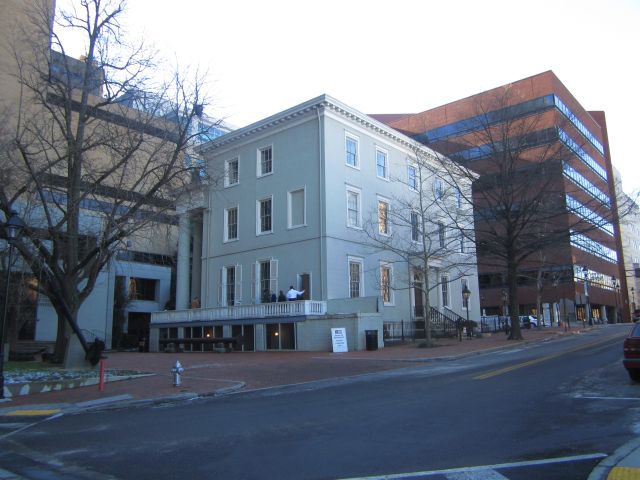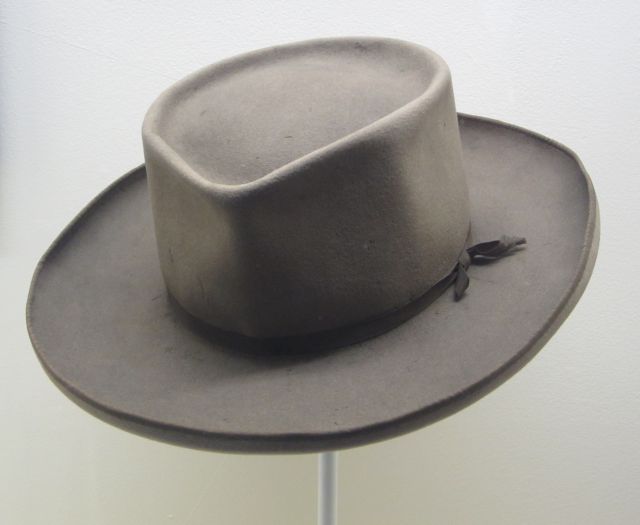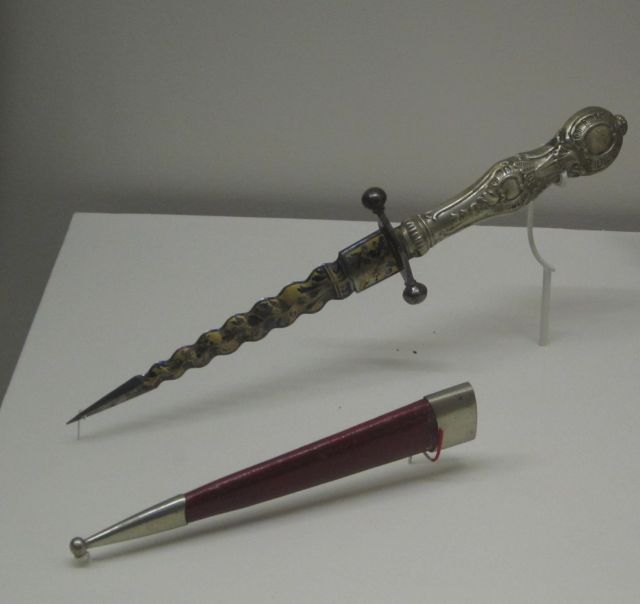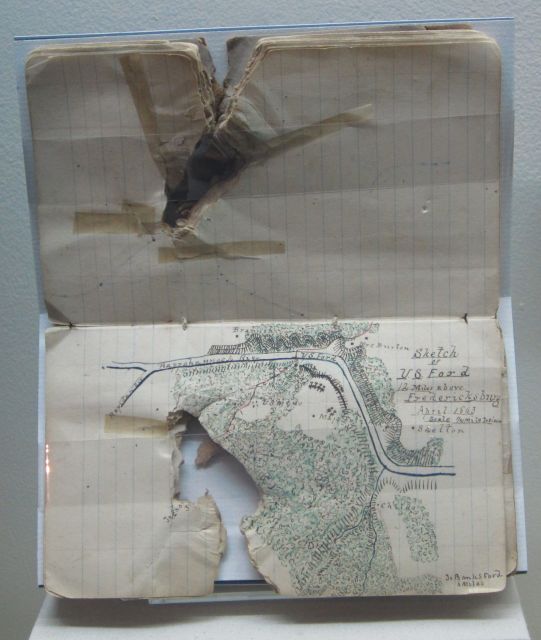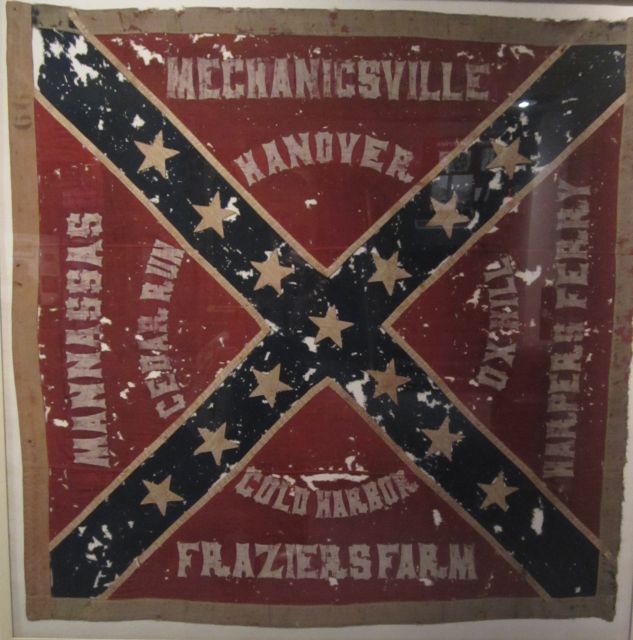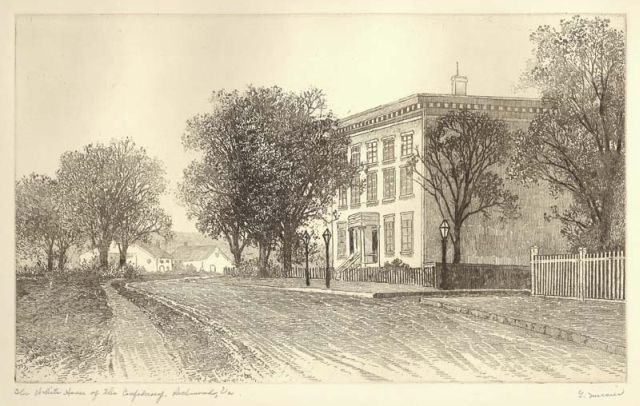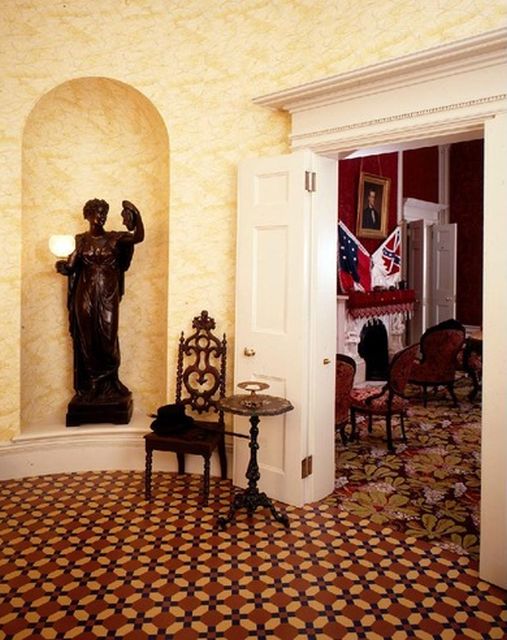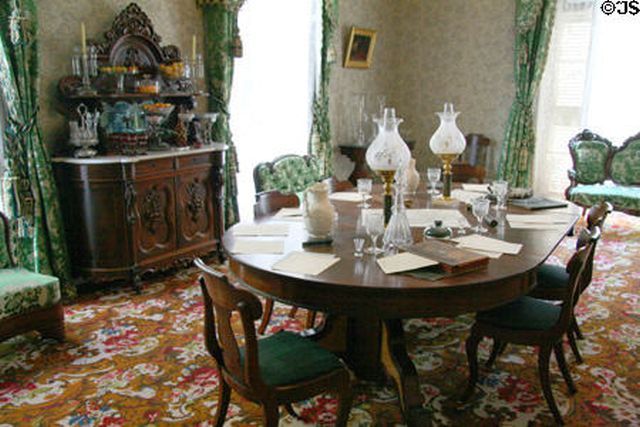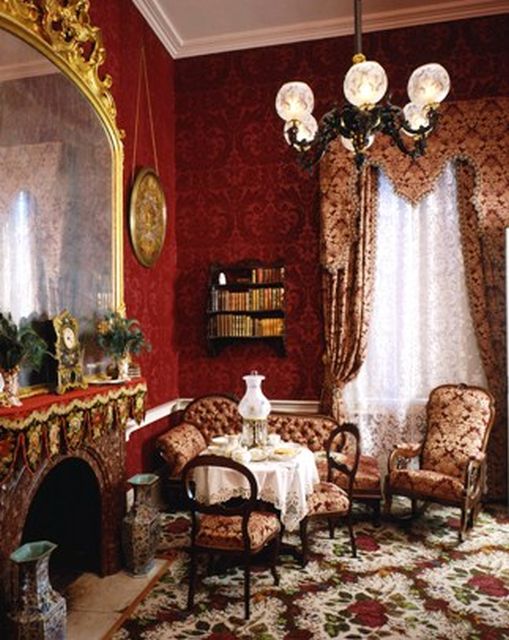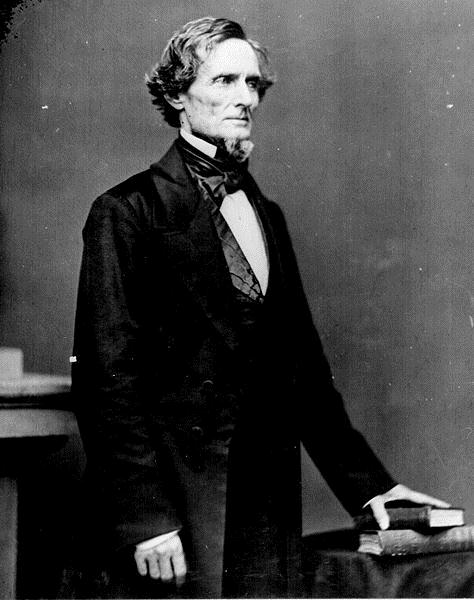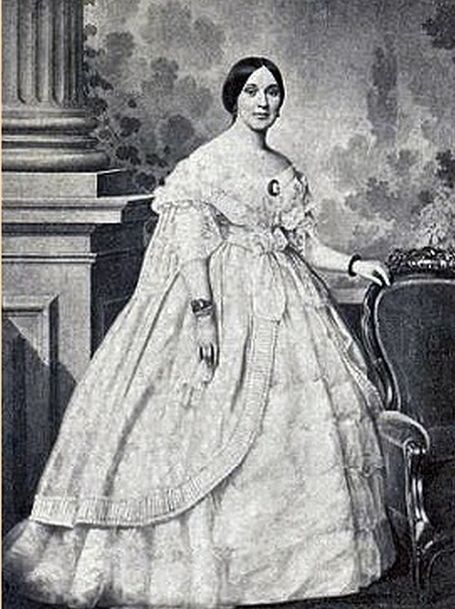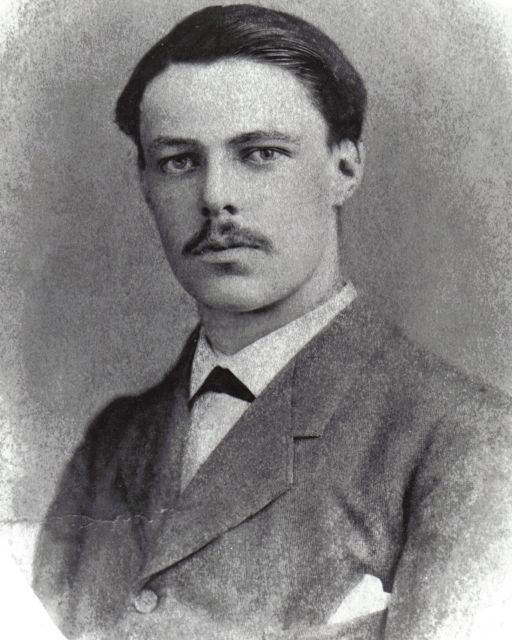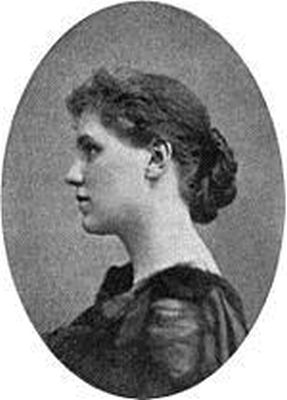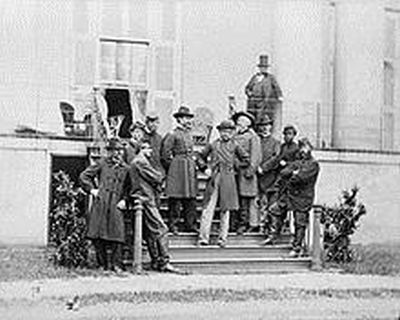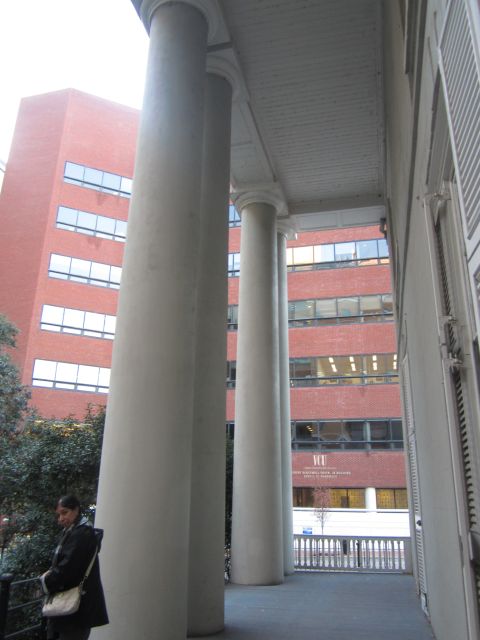A Visit to the White House
The Museum of the Confederacy
Richmond, Virginia
On Saturday, January 12th, I headed to Richmond to do some more research and to work on adding to our “Virginia Traveler Passport” that is being sponsored by the Virginia Executive Mansion. I decided it was time to visit the White House.
No… not that White House.
White House of the Confederacy
Richmond, Virginia
I am speaking of the White House of the Confederacy located in Richmond, Virginia. It stands next door to the Museum of the Confederacy. It was funny that I selected this day to visit there because the Museum was celebrating Lee-Jackson Day, which was just the day before.
Lee-Jackson Day is a holiday celebrating the birthdays of Robert E. Lee and Thomas J. “Stonewall” Jackson. Celebrated in the Commonwealth of Virginia, this holiday was originally created in 1889 to celebrate Lee’s birthday. Stonewall Jackson’s name was added to the holiday in 1904. In 1983, the holiday was merged with the new federal holiday Martin Luther King Jr. Day to become Lee-Jackson-King Day in Virginia. However this merge was reverted in 2000. Lee-Jackson Day is now observed on the Friday before Martin Luther King Jr. Day, which is the third Monday in January.
The Museum of the Confederacy was opened on February 22, 1896. Before the current museum was opened, the museum items were housed in the White House of the Confederacy. Started by influential Richmond society ladies, Isabel Maury, Ann Crenshaw Grant and Isobel Stewart Bryan, their work with the Relics Committee was instrumental in securing much of the Museum’s current collection. Even today, through the Isabel Maury Planned Giving Society this spirit continues.
This Museum houses the largest and most comprehensive collection of artifacts, personal effects and other memoriabilia related to the Confederacy. Among these are the provisional Confederate Constitution and the Great Seal of the Confederacy.
One of the most notable items in the Museum’s collection is over 500 original, wartime, battle flags that were carried by the Confederate Army. Flags were donated by veterans in the early years of the Museum. Other regimental flags that were captured during the war and housed in the archives of the U.S. War Department were formally transferred to the Museum either by Act of the U.S. Congress or by Act of the Virginia General Assembly, depending on the level of unit identification of the flag.
This current building was built and opened in 1976 to better preserve and exhibit the Museum’s collections. It was build adjacent to the White House and covers ¾ acres of the property. Adorning the front entry to the Museum is the anchor of the first ironclad warship, CSS Virginia which fought the USS Monitor in the Battle of Hampton Roads on March 9, 1862.
This Museum has seen over 5 million visitors since its first opening in 1896. President Theodore Roosevelt and British Prime Minister Margaret Thatcher are among the famous visitors to the Museum.
White House of the Confederacy
Richmond, Virginia
The White House of the Confederacy is located just next door to the Museum. It is a gray stuccoed neoclassical mansion that was built in 1818 by John Brockenbrough, who was the president of the Bank of Virginia. It was designed by Robert Mills and served as Mr. Brockenbrough’s previate residence located in the affluenet Shocke Hill neighborhood in the early nineteen century Richmond. Shocke Hill, later known as Court End was two blocks north of the Virginia State Capital.
The home was sold by the Brockenbrough family in 1844 and passed through a succession of wealthy families throughout antebellum period, including U.S. Congressman and future Confederate Secretary of War James Seddon. Just prior to the Civil War, Lewis Dabney Crenshaw purchased the home and added a third floor. He would later sell the home to the City of Richmond, which in turn rented it to the Confederate government as its Executive Mansion.
In August 1861, Jefferson Davis and his family moved into the home and would lived there for the remainder of the war. Jefferson Davis suffered from recurring bouts of malaria, facial neuralgia, a cataract in his left eye, bone spurs in his heel from his time in the Mexican War and insomnia. Due to his illnesses, he would maintain a home office on the second floor of the White House. This was not an unusual practice at that time. The West Wing of the White House in Washington, D.C wasn’t added until the Theodore Roosevelt administration. President Davis’ personal secretary, Colonel Burton Harrison also lived in the house.
When the Davis family moved into the home, they consisted of the President and First Lady Varina, six year old Margaret, four year old Jefferson Davis Jr. and two year old Joseph. William Davis would later be born in the White House in 1861 and Varina Anne “Winnie” Davis would later join the family in 1864. From the stories told by the tour guide, the Davis children were an unruly bunch. President and Mrs. Davis didn’t believe in punishment and allowed the children to run wild within the home. One story tells us how Jefferson Davis Jr. use to stand in the front window overlooking the front door of the home cursing at visitors as they waited for the servant to answer the door. Another story tells us of a small cannon toy that was given to the two Davis boys that would fire real gunpowder. The boys were said to dress in their Confederate uniforms and stand out back firing their little cannon. No word if anyone was harmed in this little “battle”, but it is said that the cannon would raise the neighbors.
None of the Davis boys would live to marry and have children. Joseph Davis would die in the spring of 1864. It is believe he was tight rope walking the railing around the portio and fell 15 feet to his death at the age of five. William would pass away in 1872 of diphtheria at the age of eleven. Jefferson Davis Jr would pass away in 1878 of yellow fever at the age of twenty-one.
The house was abandoned during the evacuation of Richmond in April 1865. Within twelve hours, the Union army seized the former Confederate White House intact. President Lincoln, who was in nearby City Point, now known as Hopewell, Virginia, would travel up the James River to tour the captured city. He would visit Davis’ former residence for about three hours, but would only tour the first floor of the home, feeling it improper to visit the more private second floor of another man’s home. Later a number of meetings would be held in the home with local officials.
During Reconstruction, the White House of the Confederacy would serve as the headquarters for the Military District Number One and was occasionally used as the residence of the commanding officer of the Department of Virginia. When Reconstruction ended in October 1870, the City of Richmond took possession of the house and used it as Richmond Central School, one of the first public schools in postwar Richmond.
In 1890, the City of Richmond announced plans to demolish the building to make way for a more modern school building. This is when the Confederate Memorial Literary Society was formed with the sole purpose of saving the White House from destruction.
In 1976, after the new building for the Museum of the Confederacy opened, the White House was closed and was fully restored to its wartime appearance. This milestone restoration project was complete in 1988 and was giving high marks for the preservation, accuracy and richness of detail. It was reopened in June 1988 and now features extensive reproduction wall coverings and draperies as well as significant numbers of original White House furnishing from the Civil War Period.
To see more photos from the Museum of the Confederacy
Visit our Facebook Page!








